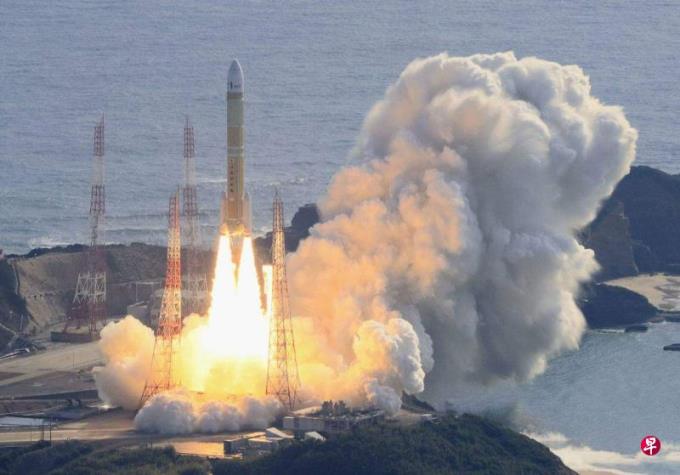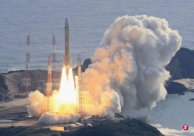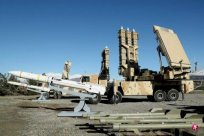
(Tokyo Composite Electric) After years of delays and two failures, the Japanese Cosmic Air Research and Development Agency (JAXA) successfully launched a new generation of main Rocket H3 No. 2 machine.This is also another achievement that Japan successfully allowed a small moon landing detector to land on the surface of the moon last month.
At 9:22 am on Saturday (February 17), Japan time (at 8:22 am in Singapore time), H3 Rocket No. 2 was launched from the center of the seed island cosmic cosmic in the southern Kagoshima Prefecture, Japan.The main task of this launch is to confirm the rocket's posture control and the splitting performance of the star arrow.
After the rocket was launched, it entered the target track smoothly.Subsequently, the Rockets were successfully separated from a super small satellite and a model satellite.
The new generation of H3 Rockets was jointly developed by Jaxa and Mitsubishi Heavy Industry in Japan since 2014.Japan hopes that the H3 Rockets with stronger carrier capacity and lower cost can replace the active H2A Rockets.
H3 Rockets are also considered to be a potential competitor of SpaceX Falcon 9, which may be used to transport goods to the moon base one day.
Trenti, director of Melbourne Space Labs, Australia, told AFP that H3 Rockets have a unique and novel first -class engine. Compared with the most advanced Rockets, it can provide greater thrust and "have potential to become the most.Rockets with cost benefits.
It is reported that JAXA hopes to reduce the cost of H3 Rockets each time to about 5 billion yen (about S $ 45 million), half of the H2A Rockets.
H3 Rockets originally planned to launch No. 1 machine in 2020, but encountered difficulties in the re -developed main engine experiments and launch two postponed extensions.When trying to launch in March last year, the Rockets shortly after the lift, due to abnormal power systems, the second -level engine failed to ignite. JAXA was forced to issue a self -destruction instruction to the Rockets and the launch announcement failed.




